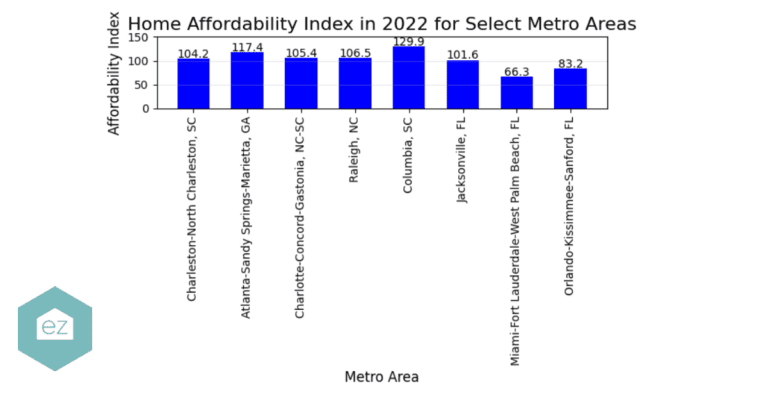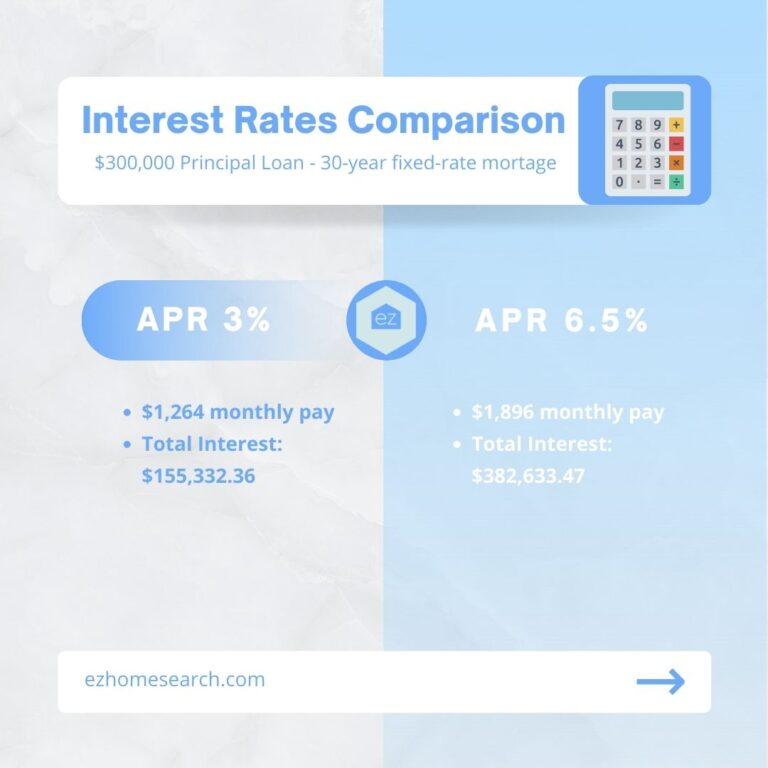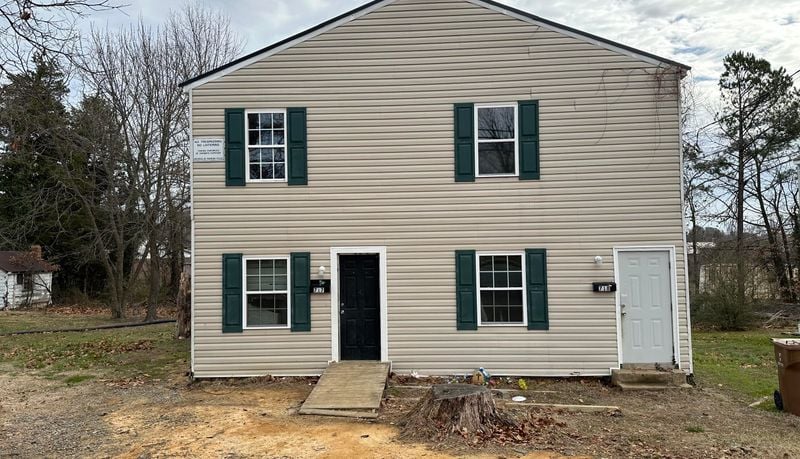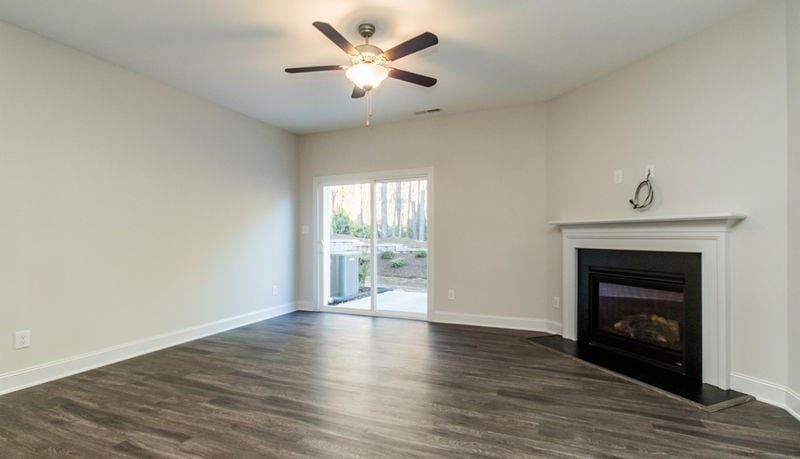Where Are All the Homes?

Much of the attention around housing affordability focuses on high-interest rates, inflation, and appreciation. Those factors matter regarding market stresses, but there’s a more pressing issue: without more homes coming to market, the prices won’t budge much. So where are the homes?
Housing Inventory Ticking Downward
Recent data on July 2023’s housing inventory showed the nationwide number of available listings continued its decline.
If home prices are a function of supply and demand, this dwindling supply and high interest to buy maintains pressure on home prices. It helps explain why home prices haven’t cratered even as mortgage rates have increased.
High mortgage interest rates typically mean fewer people can afford to buy homes because monthly payments rise by hundreds to thousands of dollars. And it has made it more difficult for many home buyers to find properties in their budget, causing them to delay or pause their plans. You’d expect this would decrease demand for homes. Lower demand should mean lower prices, so home sellers attract buyers for a faster sale.
But home inventory keeps moving downward, which means that dwindling supply is meeting that dwindling demand, keeping home prices in a holding pattern. So even when mortgage rates ticked up in July 2023, the weekly active listings moved downward. The result is a housing market that feels stuck with fewer affordable homes.

Why Aren’t Homes Coming to Market
Mortgages are expensive
Shrinking mortgage originations suggest that existing homeowners aren’t looking to move anytime soon. Fannie Mae recently revised its projection of mortgage originations down to $1.59 trillion. That’s down from numbers as high as $4.4 trillion in 2021 when mortgage rates were low and the housing market appeared to be on fire. It’s a drastic turn of events: the fallout from inflation, followed by the subsequent moves by the Federal Reserve to raise interest rates.
Going from a 3% interest rate mortgage to a 6% interest rate mortgage isn’t simply adding a few pennies to your monthly payment. It can add hundreds or thousands of dollars to what you pay each month, even if we’re discussing identical homes.

And for that reason, homeowners that don’t have to move simply aren’t interested. Why would they pay hundreds more a month if their basic needs are being met and they’re still building equity in their home?
That’s why instead of new homes coming to market, home renovations are hot. Adding equity and making the existing property work is more affordable than selling and buying another home.
New construction delays
Another reason for the lack of supply is that the construction of new homes hasn’t kept pace with the demand for housing. The problem stretches back to the Great Recession of 2008, when the housing market crashed, and builders had to slam on the brakes.
New construction was rebounding, making great strides in catching up with the demand for housing when the pandemic hit. The resulting labor shortages and supply chain issues skyrocketed the cost of building new, which caused another pullback from home builders.
Higher mortgage rates didn’t help, as building a new home typically costs more than buying an existing one. As interest rates rose, buyers were willing to sacrifice their deposits to get out of mortgages that were skyrocketing beyond their affordability. Home builders started offering concessions like paying closing costs or interest rate buydowns to try offloading their inventory.
This segment is still working through the lasting impacts of the pandemic, but there is some optimism here. Since the inventory of existing homes is so low, some prospective buyers feel they have no choice but to buy a new construction home. New housing starts were on the rise in spring 2023, but nationwide, home builders remained cautious.
Additionally, bringing a new home to market takes time, anywhere from eight months to over a year. That means even if enough new homes to meet current demand started construction today; it would still lag behind the housing market’s needs.
Just Where Are All the Homes, Anyway?
Of course, even in a high-interest rate environment, home availability does vary by region. As Forbes noted in 2023, there seems to be more home availability out west. Areas like Aurora, Colorado, and North Las Vegas, Nevada, showed the highest increases in housing inventory, year over year. Gilbert and Mesa, Arizona, had high increases, as did Spokane, Washington. Rounding off the top ten were three more listings in Nevada and one more in Arizona.
That doesn’t mean there are limitless homes to be bought in Arizona and Nevada. But those are two regions where housing inventories have increased over the last year.
If those trends continue, you might expect the mountain west region to see early declines in home prices if interest rates come down and people suddenly start selling homes.
A new boom in housing supply could potentially push down prices, but keep in mind that if interest rates fall, housing demand might rise to meet them. It creates an environment where static housing prices may be the new norm.
Buyers stay on the hunt for homes
The resulting real estate market circumstances place buyers in a unique position: they have to go out looking for homes. Since the dwindling supply means the ideal home buy may not be local, they have to hit the road and look broader in their target market.
It’s part of a new normal. High home prices and high mortgage rates are making it more difficult to afford a home.
Start Your Home Search
Preston Guyton
Share this Post
Related Articles
Real Estate Information
Your EZ Guide to Arkansas Property Taxes
Real Estate Information
The Role of a Buyer’s Agent in Real Estate Transactions
Real Estate Information
Who’s Buying What? Exploring Home Buyer Generational Trends
Real Estate Information





